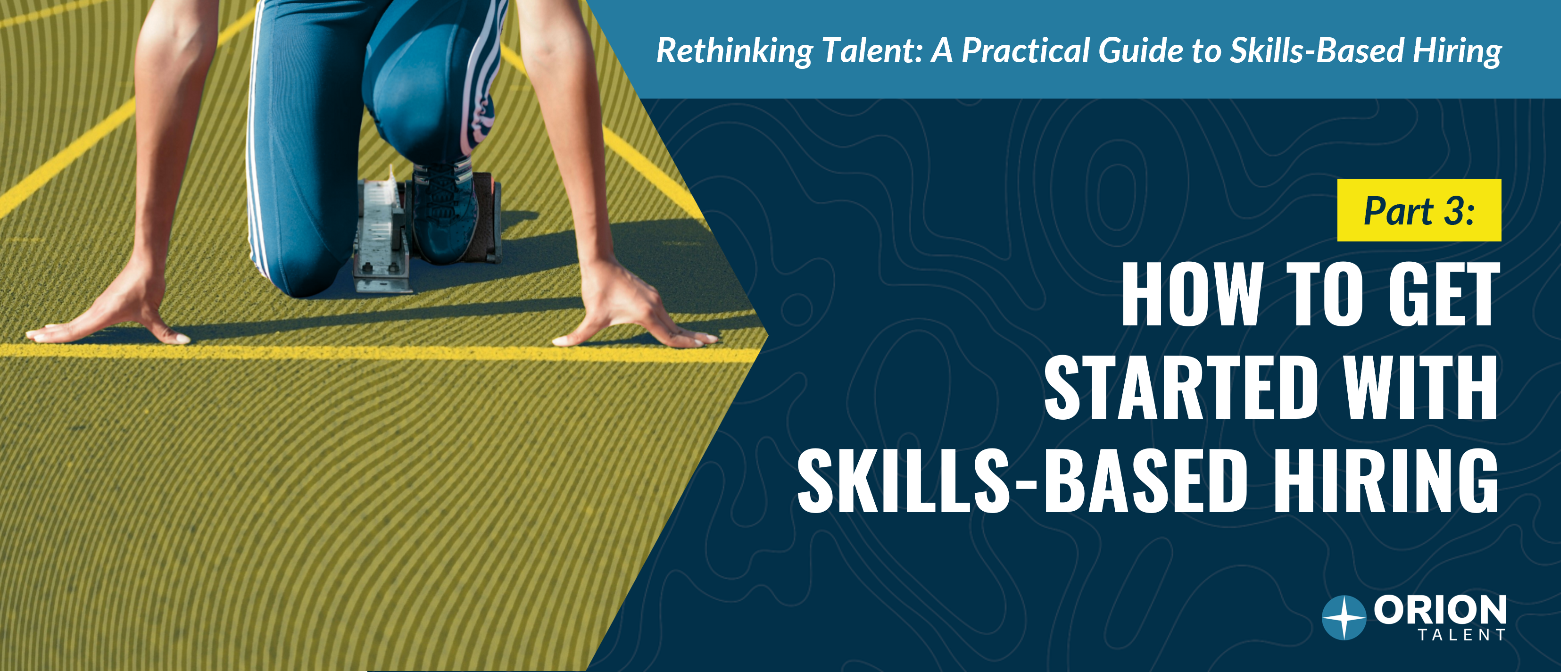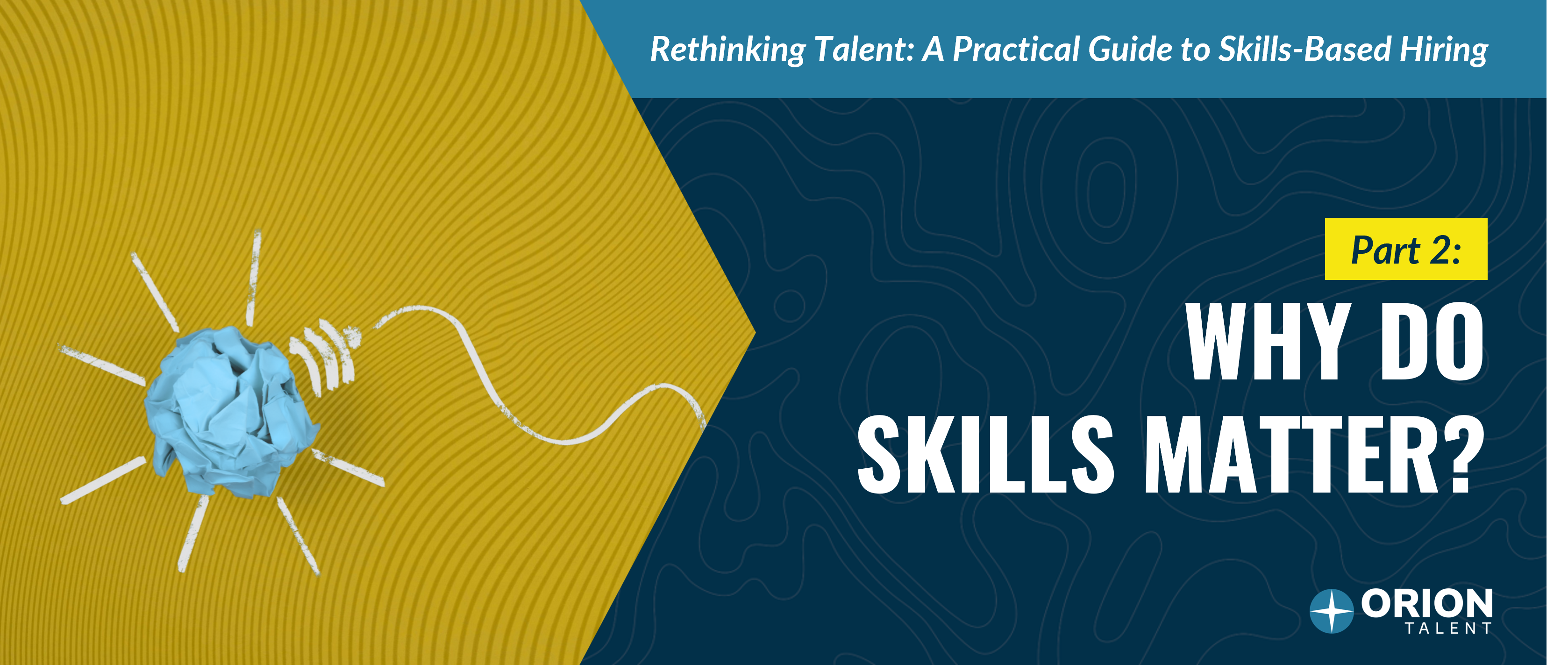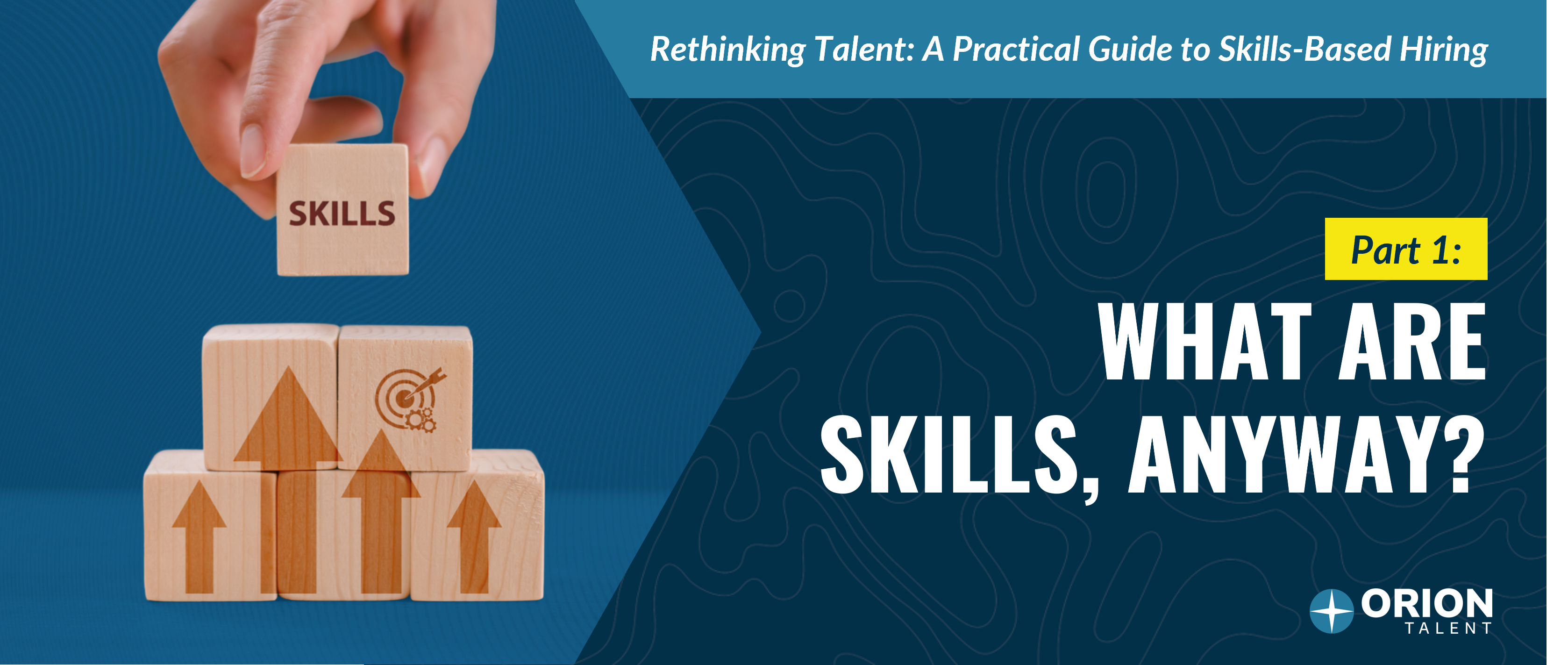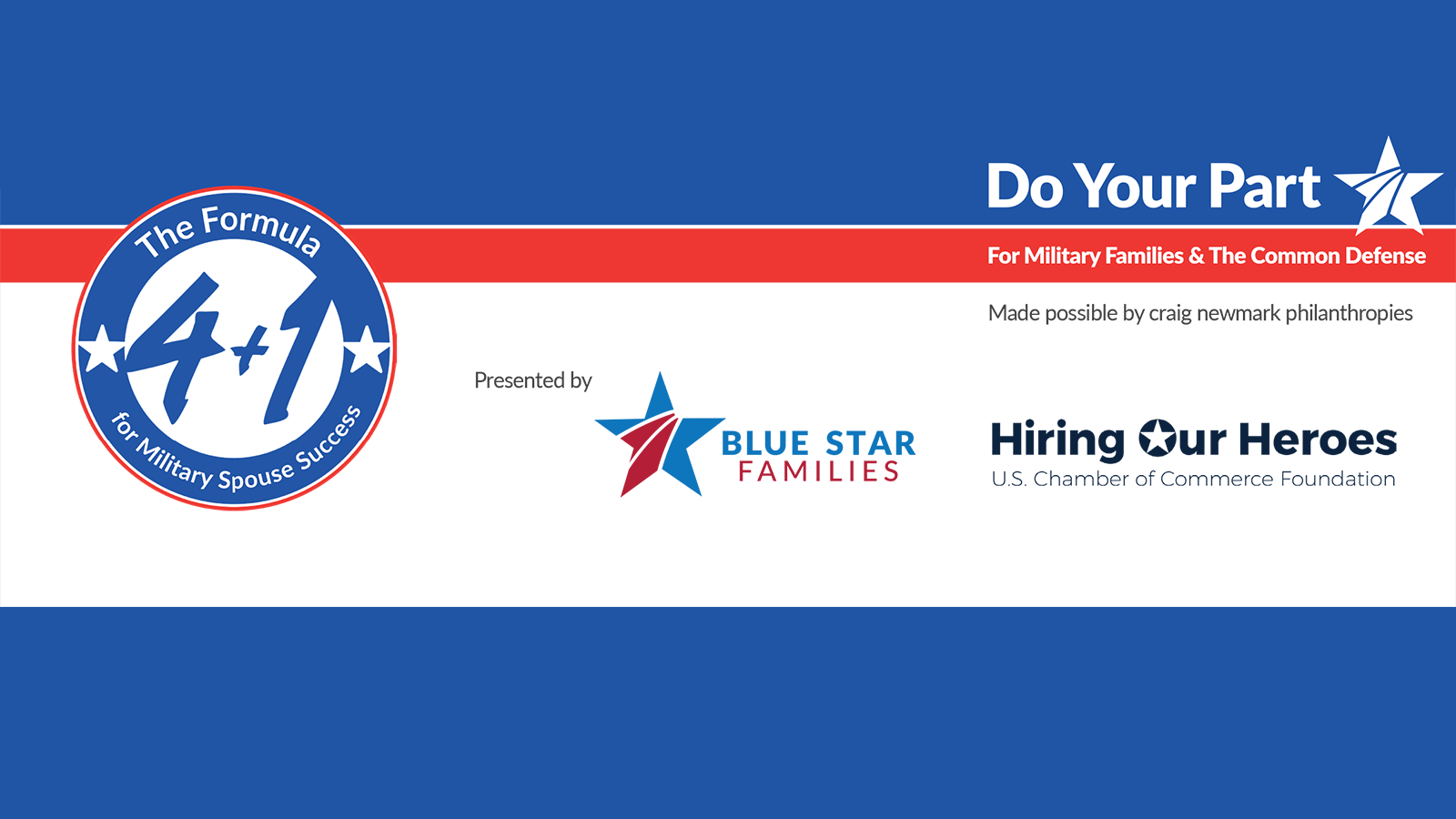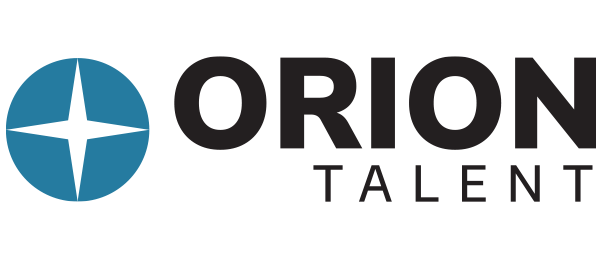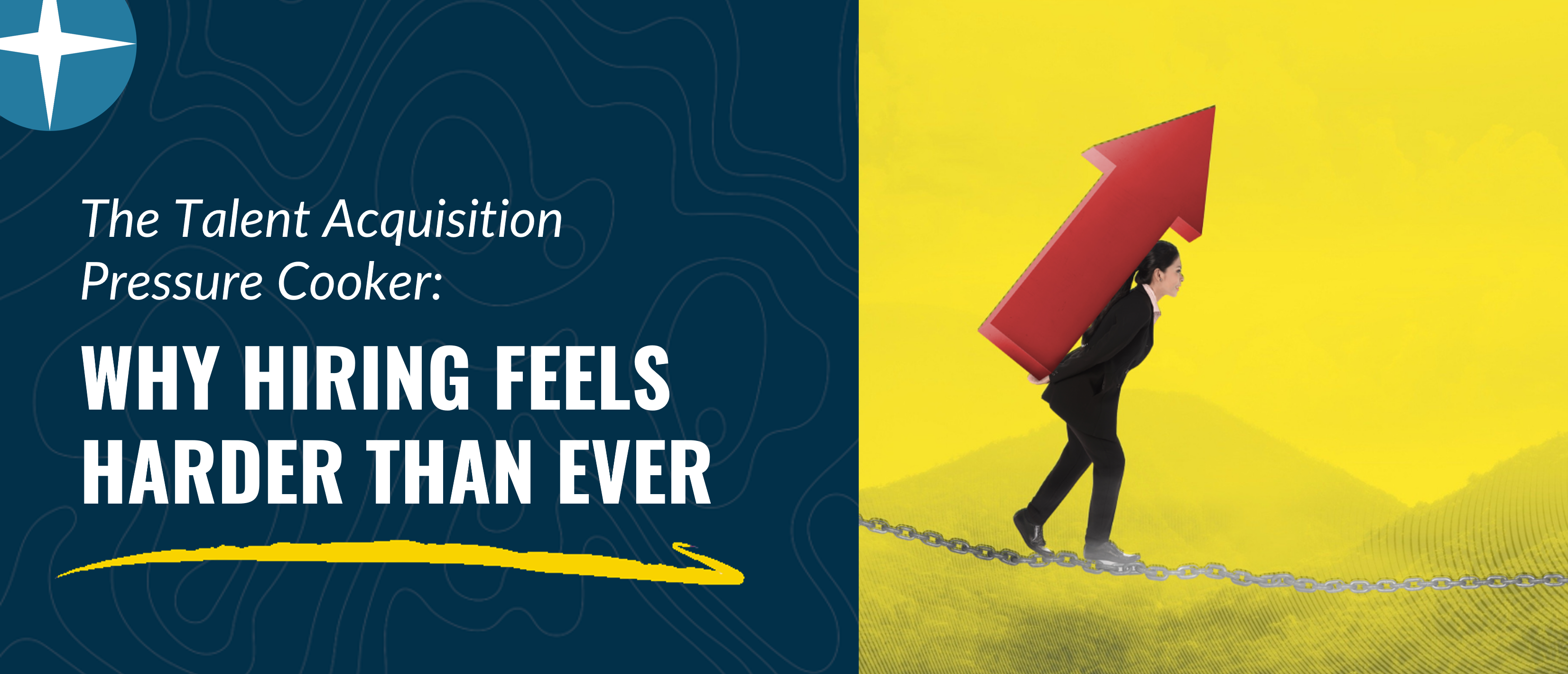
It’s Monday morning. You walk into your 8:30 am leadership meeting, coffee in hand, already bracing for what you might hear. And sure enough, it happens:
“One of our new hires didn’t show up for their first day today. Another who started three weeks ago stopped showing up. We’re now falling even further behind. How fast can we fill these roles?”
You nod, promise quick action, and start mentally reshuffling priorities. But deep down, you know this isn’t just today’s problem. It’s the same conversation you’ve had for months.
The Cycle That Won’t Break
Despite your team’s best efforts, from refreshing job postings, paying for sponsored ads, utilizing temp employees, and tapping agency partners, the results don’t change:
- Roles stay open too long.
- New hires churn out within weeks.
- The same positions reopen, again and again.
Meanwhile, the pressure builds. Turnover drives up costs. Your teams are stretched thin, leading to burnout and safety concerns. Instead of focusing on long-term workforce strategy, you’re stuck in a loop of putting out fires and filling the same roles.
This isn’t just frustrating, it’s unsustainable.
Why Hiring Feels Harder Than Ever
You’re not imagining it: recruiting has gotten harder. As a TA leader, you’re expected to:
- Meet immediate workforce needs while planning for what’s next.
- Keep costs in check as recruiting expenses rise.
- Build a strong employer brand while creating a great candidate experience.
- Find quality talent amid ongoing shortages and high turnover.
The expectations are sky-high, but the tools and approaches that once worked simply aren’t enough anymore.
You’re Not Alone
If your Monday mornings are channeling Groundhog Day, you’re not alone. Across industries, Talent Acquisition leaders are feeling the same pressure, facing the same revolving doors, and asking the same question:
How long can we keep doing this before something has to change?
Next Up
In our next blog post, we’ll dive into why the traditional in-house recruiting model is failing, and why sticking with the status quo may be riskier than you think.
Archives
- November 2025
- October 2025
- September 2025
- August 2025
- July 2025
- June 2025
- May 2025
- April 2025
- March 2025
- February 2025
- October 2024
- May 2024
- March 2024
- February 2024
- January 2024
- December 2023
- November 2023
- October 2023
- September 2023
- August 2023
- July 2023
- June 2023
- May 2023
- April 2023
- March 2023
- February 2023
- January 2023
- December 2022
- November 2022
- October 2022
- September 2022
- August 2022
- July 2022
- June 2022
- May 2022
- April 2022
- March 2022
- February 2022
- January 2022
- December 2021
- November 2021
- October 2021
- September 2021
- August 2021
- July 2021
- June 2021
- May 2021
- April 2021
- March 2021
- February 2021
- January 2021
- December 2020
- November 2020
- October 2020
- September 2020
- August 2020
- July 2020
- June 2020
- May 2020
- April 2020
- March 2020
- February 2020
- January 2020
- December 2019
- November 2019
- October 2019
- September 2019
- August 2019
- July 2019
- June 2019
- May 2019
- April 2019
- March 2019
- February 2019
- January 2019
- December 2018
- November 2018
- October 2018
- September 2018
- August 2018
- July 2018
- June 2018
- May 2018
- April 2018
- March 2018
- February 2018
- January 2018
- December 2017
- November 2017
- October 2017
- September 2017
- August 2017
- July 2017
- June 2017
- May 2017
- March 2017
- February 2017
- January 2017
 RSS Feed
RSS Feed

